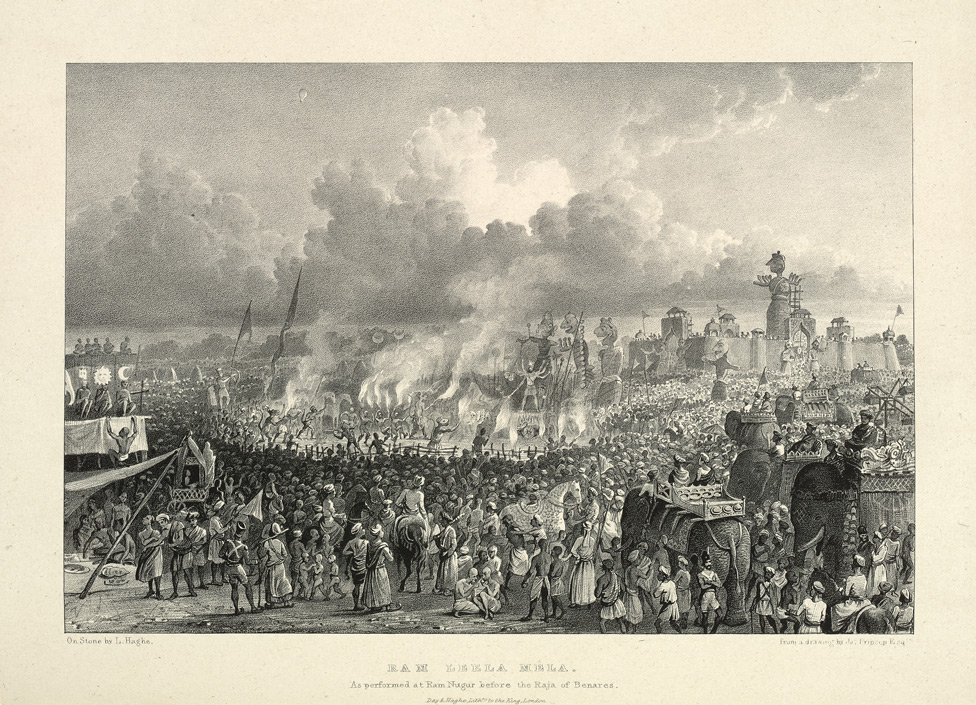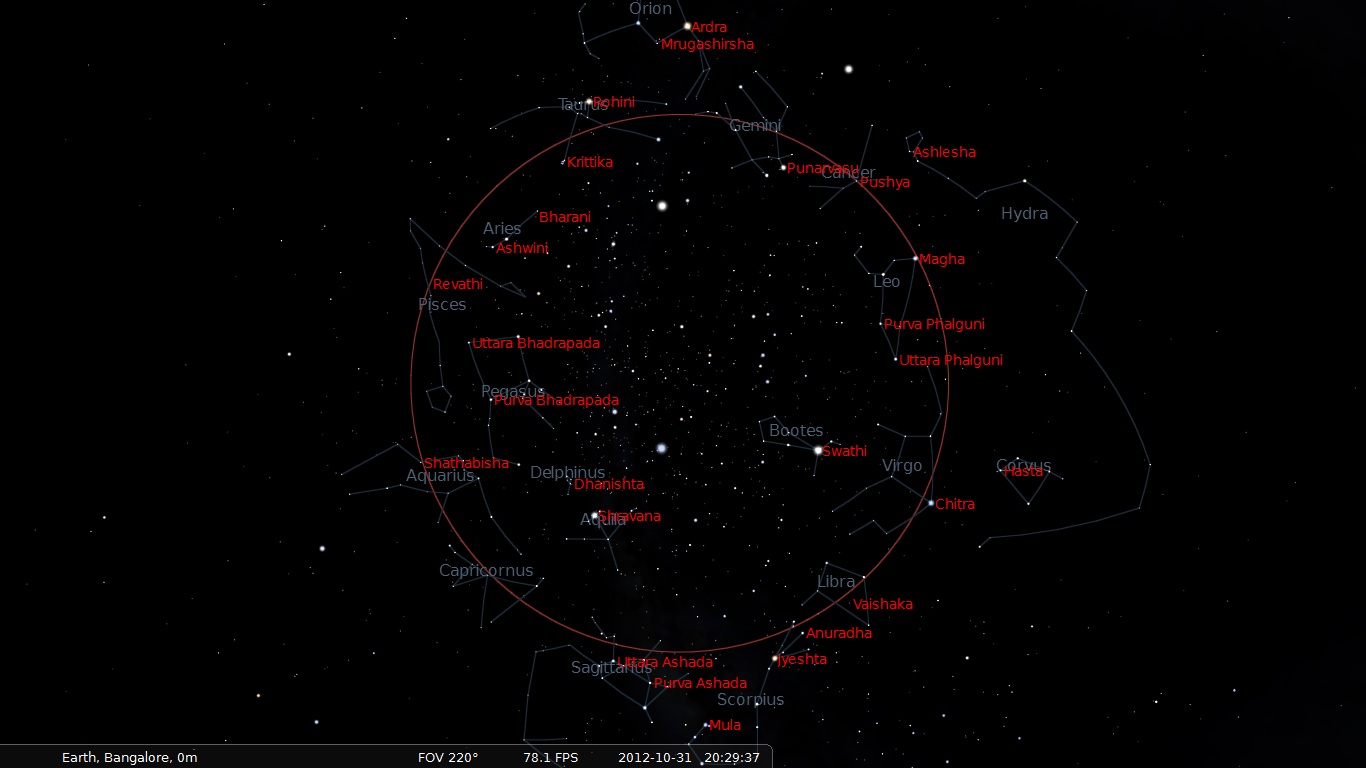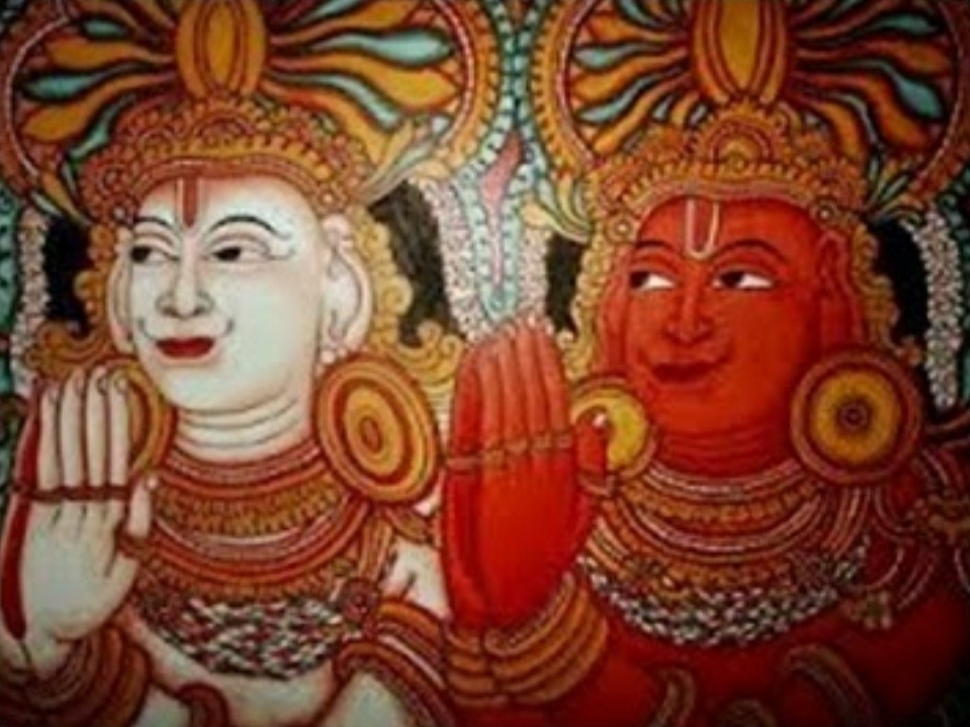|
Ashvin
Ashvin or Ashwin or Ashwan (; ; Malay/ Indonesian: ''Aswin''; Thai: ''Asawin''), also known as Aswayuja, is the seventh month of the lunisolar Hindu calendar, the solar Tamil calendar, where it is known as Aippasi, and the solar Indian national calendar. It is the sixth month of the solar Bengali calendar and the seventh of the lunar Indian calendar of the Deccan Plateau. It falls in the season of ''Sharada'', or autumn. In Hindu astrology, Ashvin begins with the Sun's enter into Virgo. It overlaps with September and October of the Gregorian calendar and is the month in which Diwali, the festival of lights, is celebrated according to the amanta tradition (Diwali falls in Kartika according to the purnimanta tradition). In lunar religious calendars, Ashvin begins on the new moon or the full moon around the time of the September equinox. Etymology Ashvini is the first star that appears in the evening sky. In Indian astrology, it is the head of Aries, or the first of the ... [...More Info...] [...Related Items...] OR: [Wikipedia] [Google] [Baidu] |
Ashvins
The Ashvins (, ), also known as the Ashvini Kumaras and Asvinau,, §1.42. are Hindu deities, Hindu Divine twins, twin gods associated with medicine, health, healing, sciences, and the twilight. In the ''Rigveda'', they are described as youthful divine twin horsemen, travelling in a chariot drawn by horses that are never weary, and portrayed as guardian deities that safeguard and rescue people by aiding them in various situations. There are varying accounts, but Ashvins are generally mentioned as the sons of the sun god Surya and his wife Sanjna. In the epic ''Mahabharata,'' the Pandava twins Nakula and Sahadeva were the children of the Ashvins. Etymology and epithets The Sanskrit name ' (अश्विन्) derives from the Proto-Indo-Iranian language, Indo-Iranian stem ''*Haćwa-'' (cf. Avestan ''aspā''), itself from the Proto-Indo-European language, Indo-European word for the horse, ''*H1éḱwos'', from which also descends the Lithuanian name ''Ašvieniai''.Alexander ... [...More Info...] [...Related Items...] OR: [Wikipedia] [Google] [Baidu] |
Ashvini
Ashvini (अश्विनी, ) is the first nakshatra (lunar mansion) in Indian astronomy having a spread from 0°-0'-0" to 13°-20', corresponding to the head of Aries, including the stars β and γ Arietis. The name ''aśvinī'' is used by Varahamihira (6th century). The older name of the asterism, found in the Atharvaveda (AVS 19.7; in the dual) and in Panini (4.3.36), was ''aśvayúja'', "harnessing horses". This nakshatra belongs to Mesha Rasi. Notable personalities born in this nakshatra are Sania Mirza, Bhimsen Joshi, Yukta Mookhey. Astrology Ashvini is ruled by Ketu, the descending lunar node. In electional astrology, Ashvini is classified as a small constellation, meaning that it is believed to be advantageous to begin works of a precise or delicate nature while the moon is in Ashvini. Ashvini is ruled by the Ashvinas, the heavenly twin brother gods who served as physicians to the gods and goddesses. Ashvini is represented by the bee hive. Traditional Ind ... [...More Info...] [...Related Items...] OR: [Wikipedia] [Google] [Baidu] |
Navaratri
Navaratri () is an annual Hindu festival observed in honor of the goddess Durga, an aspect of Adi Parashakti, the supreme goddess. It spans over nine nights, first in the month of Chaitra (March/April of the Gregorian calendar), and again in the month of Ashvin (September–October). It is observed for different reasons and celebrated differently in various parts of the Hindu Indian cultural sphere. Theoretically, there are four seasonal ''Navaratris''. However, in practice, it is the post-monsoon autumn festival called Sharada Navaratri. There are 2 Gupta Navaratris or "Secret Navaratris" as well, one starting on the Shukla Paksha Pratipada of the Magha Month (Magha Gupta Navaratri) and another starting in the Shukla Paksha Pratipada of Ashadha Month. Etymology and nomenclature The word ''Navarātram'' means "a period of nine nights" in Sanskrit, ''nava'' meaning "nine" and ''ratri'' meaning "night". Dates and celebrations In the eastern and northeastern states of ... [...More Info...] [...Related Items...] OR: [Wikipedia] [Google] [Baidu] |
Nakshatra
Nakshatra () is the term for Lunar mansion in Hindu astrology and Buddhist astrology. A nakshatra is one of 27 (sometimes also 28) sectors along the ecliptic. Their names are related to a prominent star or asterisms in or near the respective sectors. In essence (in Western astronomical terms), a nakshatra simply is a constellation. Every nakshatra is divided into four ''padas'' ( "steps"). The starting point for the nakshatras according to the ''Vedas'' is "Krittika" (it has been argued, because the Pleiades may have started the year at the time the ''Vedas'' were compiled, presumably at the vernal equinox), but, in more recent compilations, the start of the nakshatras list is the point on the ecliptic directly opposite the star Spica, called ''Chitrā'' in Sanskrit. This translates to Ashwinī, a part of the modern constellation of Aries. These compilations, therefore, may have been compiled during the centuries when the sun was passing through Aries at the time of the ver ... [...More Info...] [...Related Items...] OR: [Wikipedia] [Google] [Baidu] |
Diwali
Diwali (), also called Deepavali (IAST: ''Dīpāvalī'') or Deepawali (IAST: ''Dīpāwalī''), is the Hindu festival of lights, with variations celebrated in other Indian religions such as Jainism and Sikhism. It symbolises the spiritual victory of ''Dharma'' over ''Adharma'', light over darkness, good over evil, and knowledge over ignorance.Jean Mead, ''How and why Do Hindus Celebrate Divali?'', Diwali is celebrated during the Hindu calendar, Hindu lunisolar months of Ashvin (month), Ashvin (according to the Hindu calendar#amanta, amanta tradition) and Kartika (month), Kārtikabetween around mid-September and mid-November.''The New Oxford Dictionary of English'' (1998) – p. 540 "Diwali /dɪwɑːli/ (also Diwali) noun a Hindu festival with lights...". The celebrations generally last five or six days. Diwali is connected to various religious events, deities and personalities, such as being the day Rama returned to his Kosala, kingdom in Ayodhya (Ramayana), Ayodhya with h ... [...More Info...] [...Related Items...] OR: [Wikipedia] [Google] [Baidu] |
Divine Twins
The Divine Twins are youthful horsemen, either gods or demigods, who serve as rescuers and healers in Proto-Indo-European mythology. Like other Proto-Indo-European divinities, the Divine Twins are not directly attested by archaeological or written materials, but scholars of comparative mythology and Indo-European studies generally agree on the motifs they have reconstructed by way of the comparative method. Common traits Scholar Donald J. Ward, Donald Ward proposed a set of common traits that pertain to divine twin pairs of Indo-European mythologies: * dual paternity; * mention of a female figure (their mother or their sister); * deities of fertility; * known by a single dual name or having rhymed / alliterative names; * associated with horses; * saviours at sea; * of astral nature; * protectors of oaths; * providers of divine aid in battle; and * magic healers. Name Although the Proto-Indo-European language, Proto-Indo-European (PIE) name of the Divine Twins cannot be reconst ... [...More Info...] [...Related Items...] OR: [Wikipedia] [Google] [Baidu] |
Kārtika (month)
Kārtika (,) is the eighth month of the Hindu calendar, which falls in October and November of the Gregorian calendar. In India's national civil calendar. In most Hindu calendars, Kartika begins with the transit of the Sun into Libra, beginning on 18 October and lasting until 15 November. In the Nepali calendar, which is also the country's official calendar, Kartika is the seventh month of the year, similar to the Maithili and Bengali calendars. In Bengal, Kartika marks the start of the dry season ( ''Hemôntô''). In the solar Tamil calendar, ''Kārttikai'' (கார்த்திகை, ) is the seventh month, corresponding to November/December in the Gregorian calendar. It begins when the sun enters the sign of Scorpio. Many festivals, such as Karthikai Deepam, are celebrated in this month. Etymology The name of the month is derived from the name of a star, Krittika (, ) nakshatra. Festivals Several major religious holidays take place in Kartika. These are as fo ... [...More Info...] [...Related Items...] OR: [Wikipedia] [Google] [Baidu] |
Bengali Calendar
The Bengali Calendar or Bangla Calendar (, colloquially , or , , "Bangla Year") is a solar calendar used in the Bengal region of the Indian subcontinent. In contrast to the traditional Indian Hindu calendar, which begins with the month Chaitra, The Bengali Calendar starts with Baishakh. A revised version of the Bangladeshi calendar is officially used in Bangladesh, while an earlier, traditional version continues to be followed in the Indian states of West Bengal, Tripura, and Assam. The Bengali calendar began in 590–600 CE to commemorate the ascension of Shashanka, the first independent king in Bengal's unified polity. Some modifications were done to the original calendar during Mughal emperor Akbar's era, to facilitate the collection of land revenue at the start of bengali harvesting season. The first day of the Bengali year is known as Pohela Boishakh (1st of Boishakh) which is a public holiday in Bangladesh. The Bengali era is called ''Bengali Sambat'' (BS) and has a ... [...More Info...] [...Related Items...] OR: [Wikipedia] [Google] [Baidu] |
Sharad Purnima
Sharada Purnima (also known as Kumara Purnima, Kojagari Purnima, Navanna Purnima, Kojagrat Purnima or Kaumudi Purnima) is a religious festival celebrated on the full moon day of the Hindu lunar month of Ashvin (September to October), marking the end of the monsoon season. The full moon night is celebrated in different ways in various cultural regions across Indian subcontinent. On this day, many Hindu divine pairs like Radha Krishna, Shiva Parvati and Lakshmi Narayana are worshipped along with the Chandra, the moon deity, and are offered flowers and '' kheer'' (sweet dish made of rice and milk). Deities in temples are usually dressed in white color signifying the brightness of moon. Many people observe full day fasting on this night. Significance Sharad Purnima celebrates the night that the ''rāsalīlā'' (a circular dance) was performed between Krishna and the ''gopis'' (milkmaids) of Braj. To participate in this divine dance, Shiva took the form of ''Gopīśvara ... [...More Info...] [...Related Items...] OR: [Wikipedia] [Google] [Baidu] |
Bhadra (Hindu Calendar)
Bhadra or Bhadrapada or Bhādo or Bhadraba ( Bengali: ভাদ্র ''bhādro''; Hindi: भादों ''bhādo''; Sanskrit: भाद्रपद ''bhādrapada''; ''Bhādra''; ''Bhādravo''; ''Bhadraba''; ''Bhadô'') is the sixth month of the Hindu calendar, which falls in August and September of the Gregorian calendar.Henderson, Helene. (Ed.) (2005) ''Holidays, festivals, and celebrations of the world dictionary'' Third edition. Electronic edition. Detroit: Omnigraphics, p. xxix. In India's national civil calendar (Shaka calendar), Bhadra is the sixth month of the year, beginning on middle of August and ending on middle of September (date varies). In Hindu astrology, Bhadra begins with the Sun's entry into Leo and is the sixth month of the year. In lunar religious calendars, Bhadra begins on the new moon or full moon in August or September and is the sixth month of the year. The festival of Ganesha Chaturthi, which celebrates the birthday of Ganesha, is observed ... [...More Info...] [...Related Items...] OR: [Wikipedia] [Google] [Baidu] |
Bengali Calendars
The Bengali Calendar or Bangla Calendar (, colloquially , or , , "Bangla Year") is a solar calendar used in the Bengal region of the Indian subcontinent. In contrast to the traditional Indian Hindu calendar, which begins with the month Chaitra, The Bengali Calendar starts with Baishakh. A revised version of the Bangladeshi national calendar, Bangladeshi calendar is officially used in Bangladesh, while an earlier, traditional version continues to be followed in the Indian states of West Bengal, Tripura, and Assam. The Bengali calendar began in 590–600 CE to commemorate the ascension of Shashanka, the first independent king in Bengal's unified polity. Some modifications were done to the original calendar during Mughal emperor Akbar's era, to facilitate the collection of land revenue at the start of bengali harvesting season. The first day of the Bengali year is known as Pohela Boishakh (1st of Boishakh) which is a public holiday in Bangladesh. The Bengali era is called ''Benga ... [...More Info...] [...Related Items...] OR: [Wikipedia] [Google] [Baidu] |





